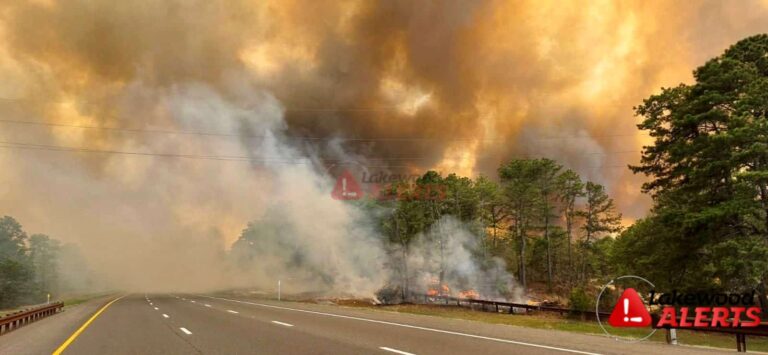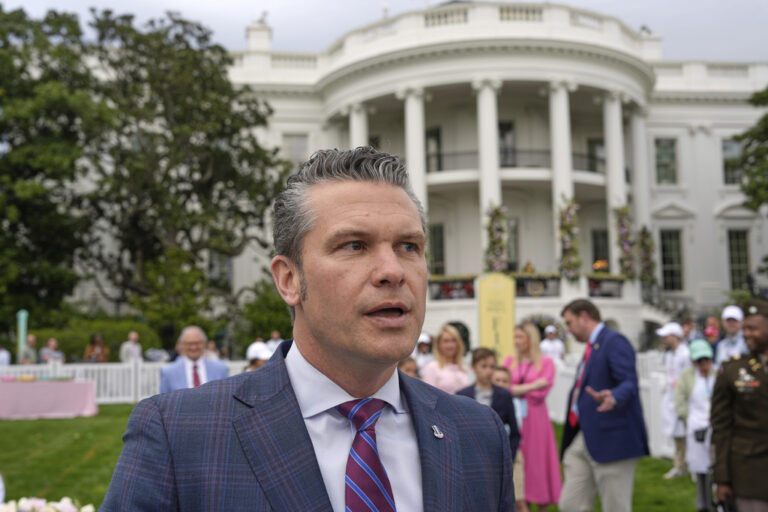A Southern California hospital spent $72 million on a building designed to do two things after an earthquake: stay standing and stay open.
But when a pair of strong earthquakes struck the region last month, the hospital couldn’t use it.
Structurally, the building was OK. But some broken pipes flooded a room of mechanical and electrical equipment, and water leaked into operating rooms and elevator shafts. The hospital in Ridgecrest, about 150 miles (240 kilometers) northeast of Los Angeles, had to evacuate the building as a precaution.
Now, Ridgecrest Regional is joining hospitals across the state in questioning standards designed to keep hospitals open after earthquakes. The rules are set to take effect in 2030.
Most hospitals in earthquake-prone California have met regulations designed to keep buildings from collapsing in an earthquake. But administrators say the standards for keeping the doors open after quakes are pricey and will force some hospitals to raise health care costs, cut services or close.
“Just having a building is a very narrow thing of what it takes to have health care,” Ridgecrest Regional CEO Jim Suver said. “That’s why I think it makes some sense, personally, for us to look at the 2030 standards. It’s not that they are bad, (but) they are tremendously expensive.”
In the case of Ridgecrest Regional, the standards didn’t help, he said.
Suver said he had assumed the expensive building would be the hospital’s lifeline after an earthquake. But the only way the hospital could stay open was to rely on its undamaged 1960s-era buildings — buildings it had planned to retrofit or replace in the next decade.
Labor unions, meanwhile, are defending the standards, pointing out hospitals have had nearly three decades to comply. Changing them now would be a “multibillion bailout on seismic safety standards,” according to Stephanie Roberson, director of government relations for the California Nurses Association.
“This thing has been on the books since 1974, and they have abdicated their responsibility ever since. The more you delay, the more things cost,” she said.
California has required new hospital buildings to meet earthquake standards since 1974, following a 1971 magnitude 6.5 earthquake in the San Fernando Valley that killed 64 people and collapsed buildings at the Olive View Medical Center and a veterans hospital.
In 1994, after a magnitude 6.7 earthquake near Los Angeles damaged 11 hospitals and forced eight to evacuate, state lawmakers required hospitals to either upgrade their existing buildings to withstand an earthquake or replace them. The original deadline was 2008, but is has been extended to 2020 with some exceptions.
All but 160 of the more than 3,000 hospital buildings in California have met the 2020 standards, according to the Office of Statewide Health Planning and Development. The California Hospital Association, an industry group, says just 23 hospitals have met the 2030 standards, while 395 have not. They estimate it will cost as much as $143 billion for hospitals to comply, according to a study paid for by the industry.
“If we follow through with this standard, we will likely close hospitals,” said Carmela Coyle, president of the California Hospital Association.
Hospitals are proposing some alternatives. Their ideas include having taxpayers help finance construction or requiring only a certain number of hospitals in each region to meet the standards. Another idea is to adopt a cap-and-trade-like system where hospitals could buy permits allowing them to have noncompliant beds.
The California Hospital Association sponsored a bill in the Legislature this year to address the 2030 standards, authored by state Sen. Anthony Portantino, a Democrat from La Canada Flintridge. But they could not get an agreement by a legislative deadline, pushing negotiations to next year. Portantino’s office did not respond to a request for an interview.
Talk of scaling back the standards upsets Tim Thomas, a retired nurse who was thrown to the floor and covered in a pile of books when an earthquake struck near the Watsonville Community Hospital in 1989. The hospital lost power and had to evacuate. Roads were closed, so there was no way out. Thomas assisted as an orthopedic surgeon operated on a patient in the parking lot with nothing but a local anesthetic.
“To not make provisions to have the hospitals keep pace with the rest of the infrastructure doesn’t make any sense to me,” Thomas said. “I haven’t heard anybody suggest the medical industry is not viable and making money.”
Coyle said 38% of California hospitals operate at a loss. Suver said if they have to comply by 2030, they will have to “significantly limit some of the services we offer.”
“The new tower was very expensive for us to build and prospect for us to have to spend more millions of dollars on remediation of older buildings and demolish them is very tough for a small rural hospital like us,” he said.
(AP)











